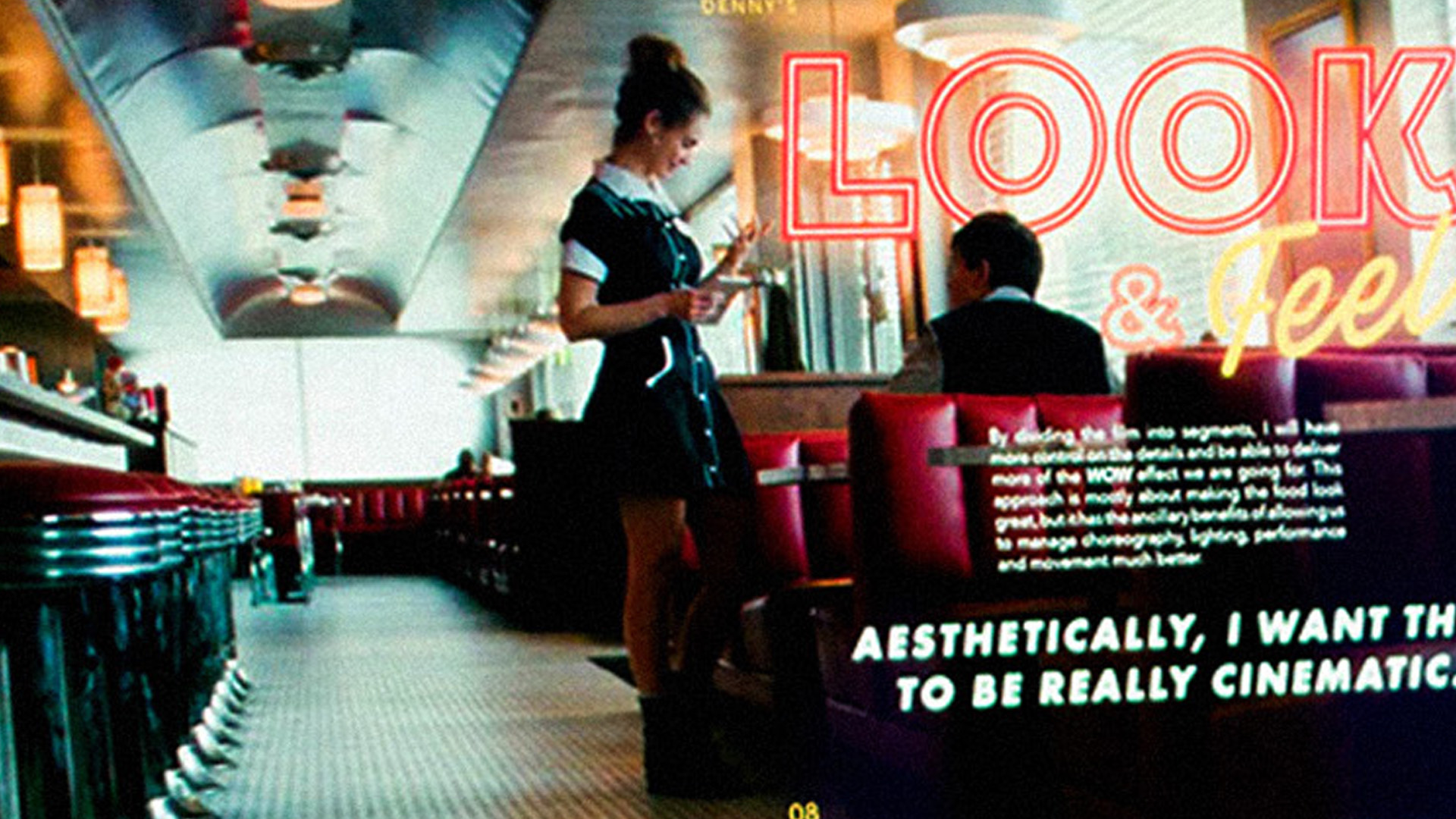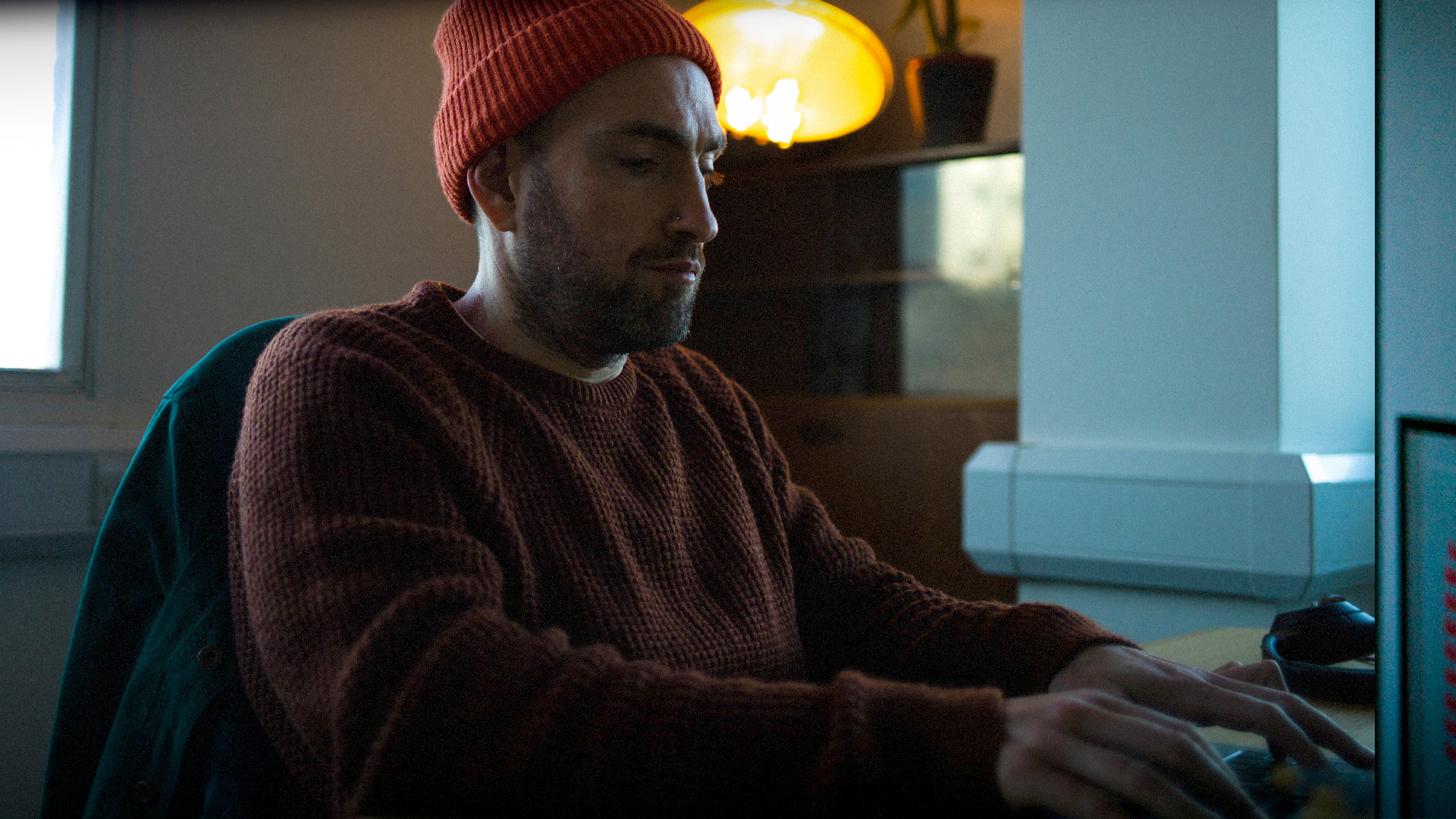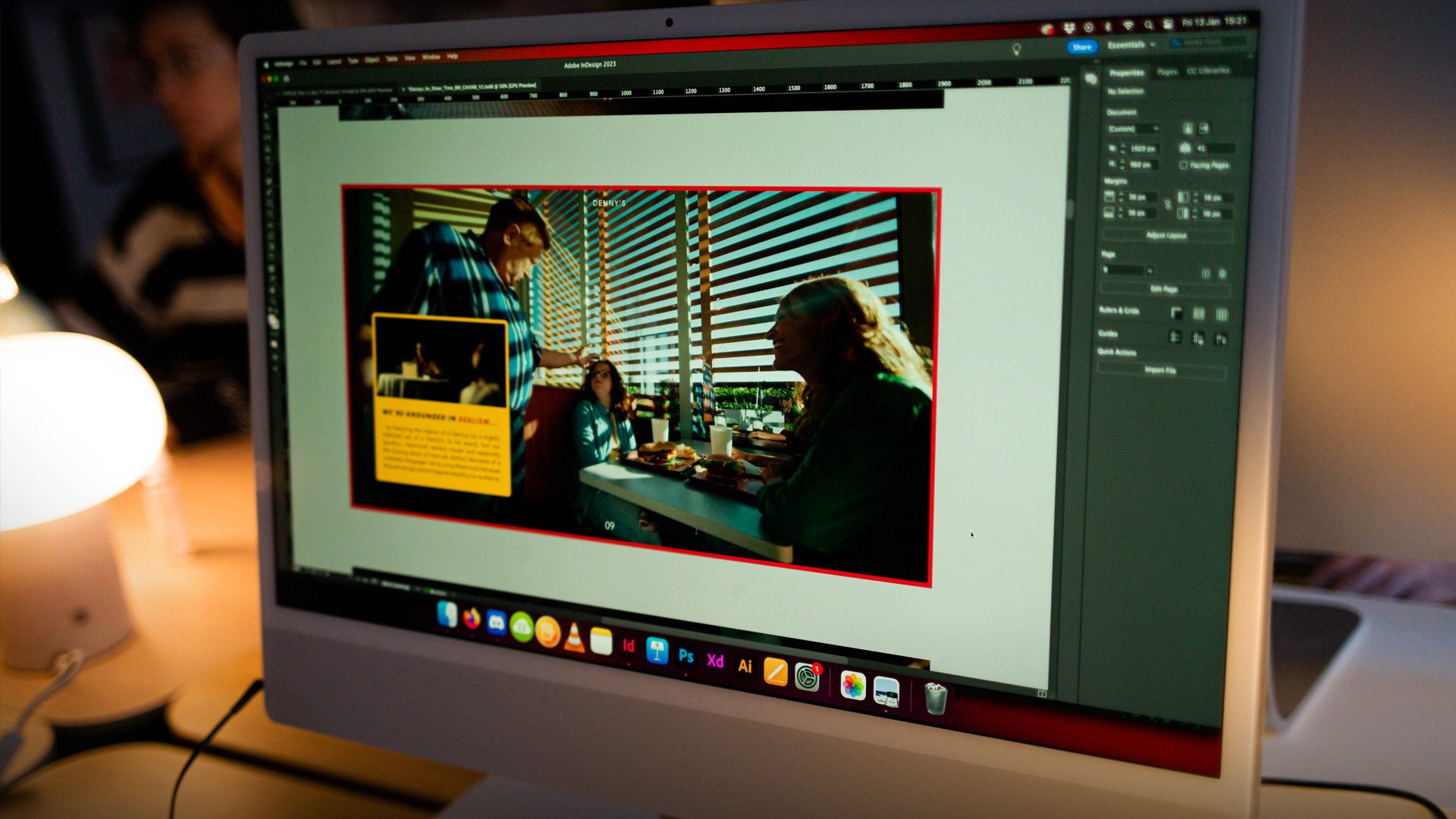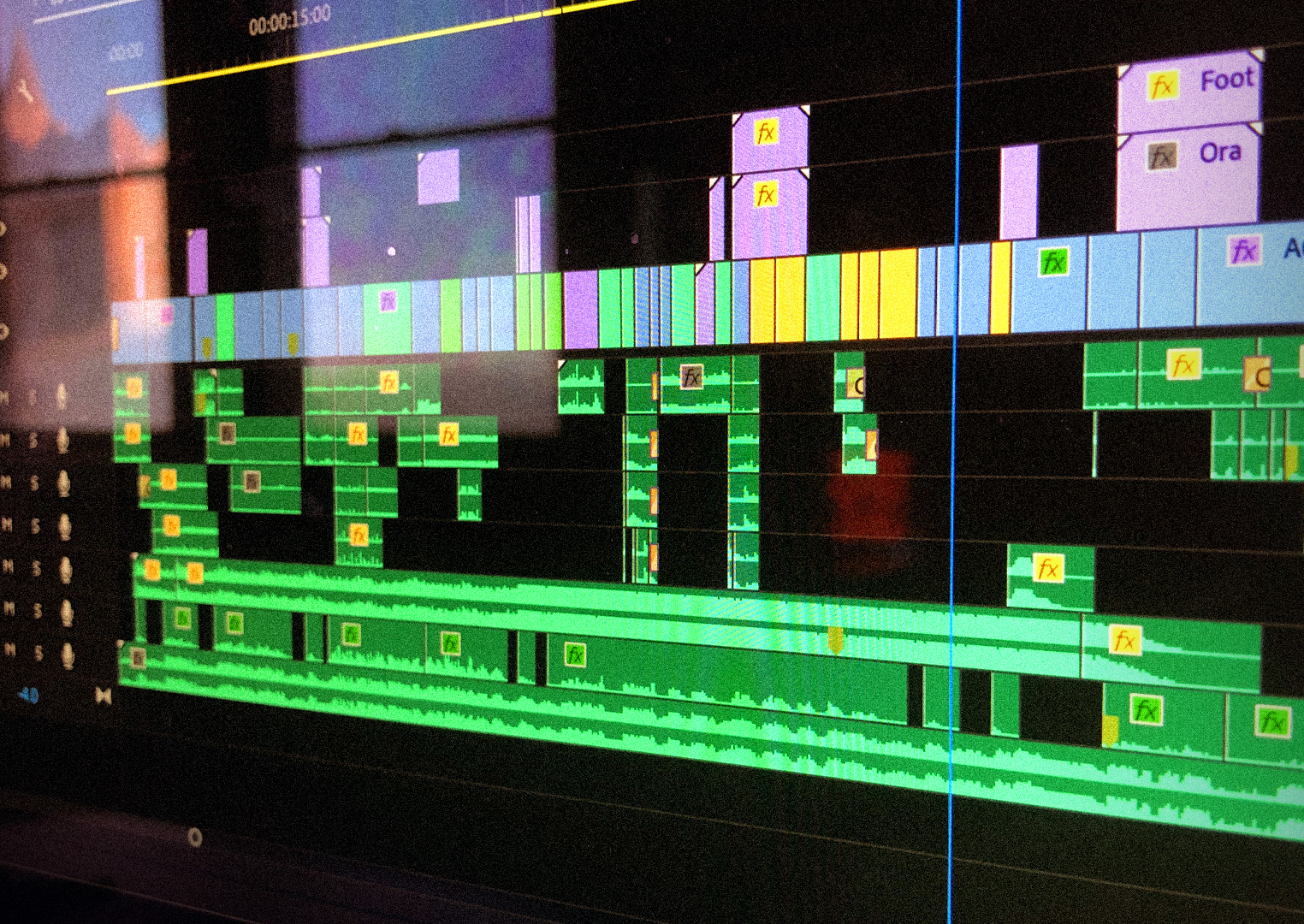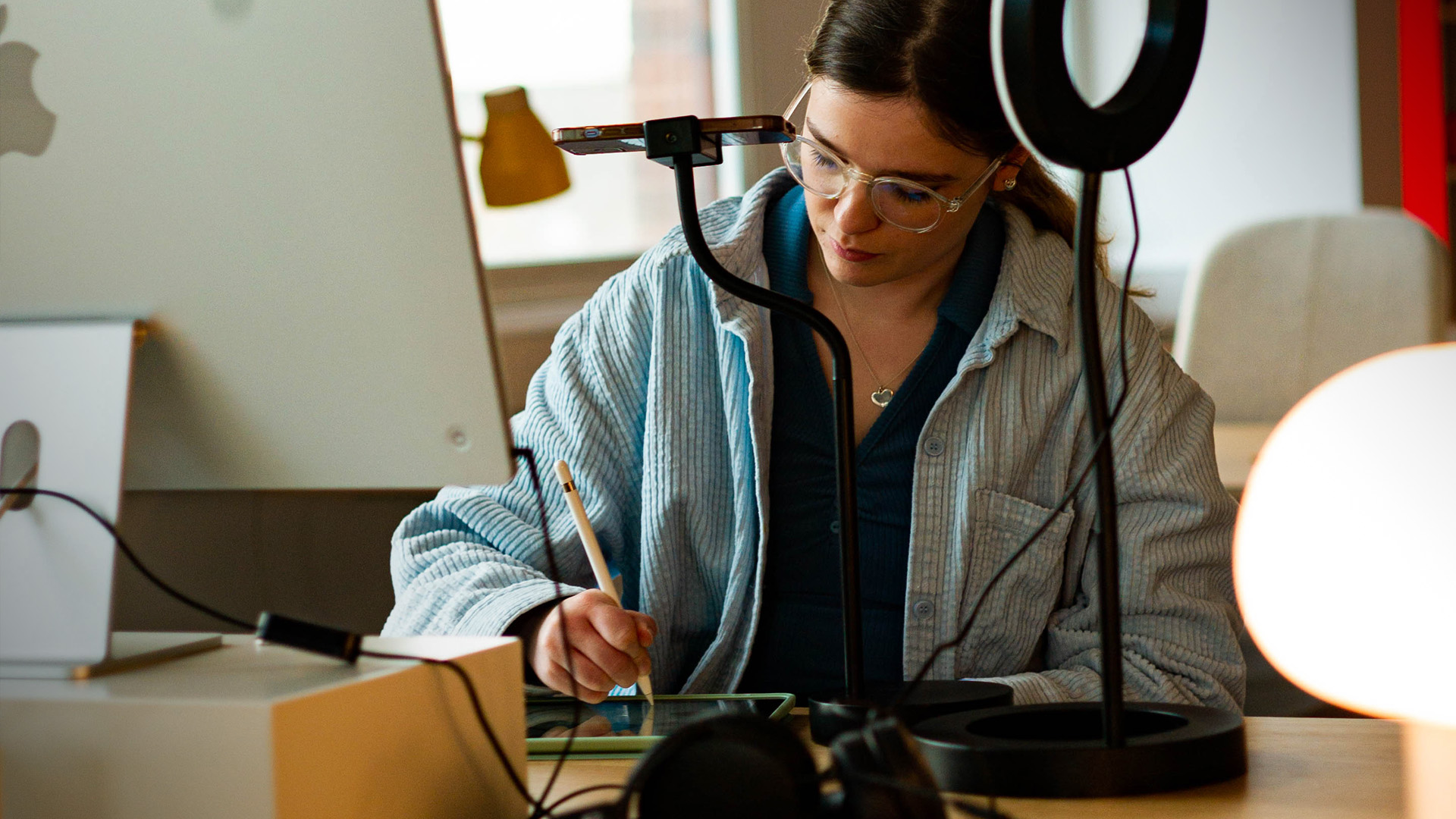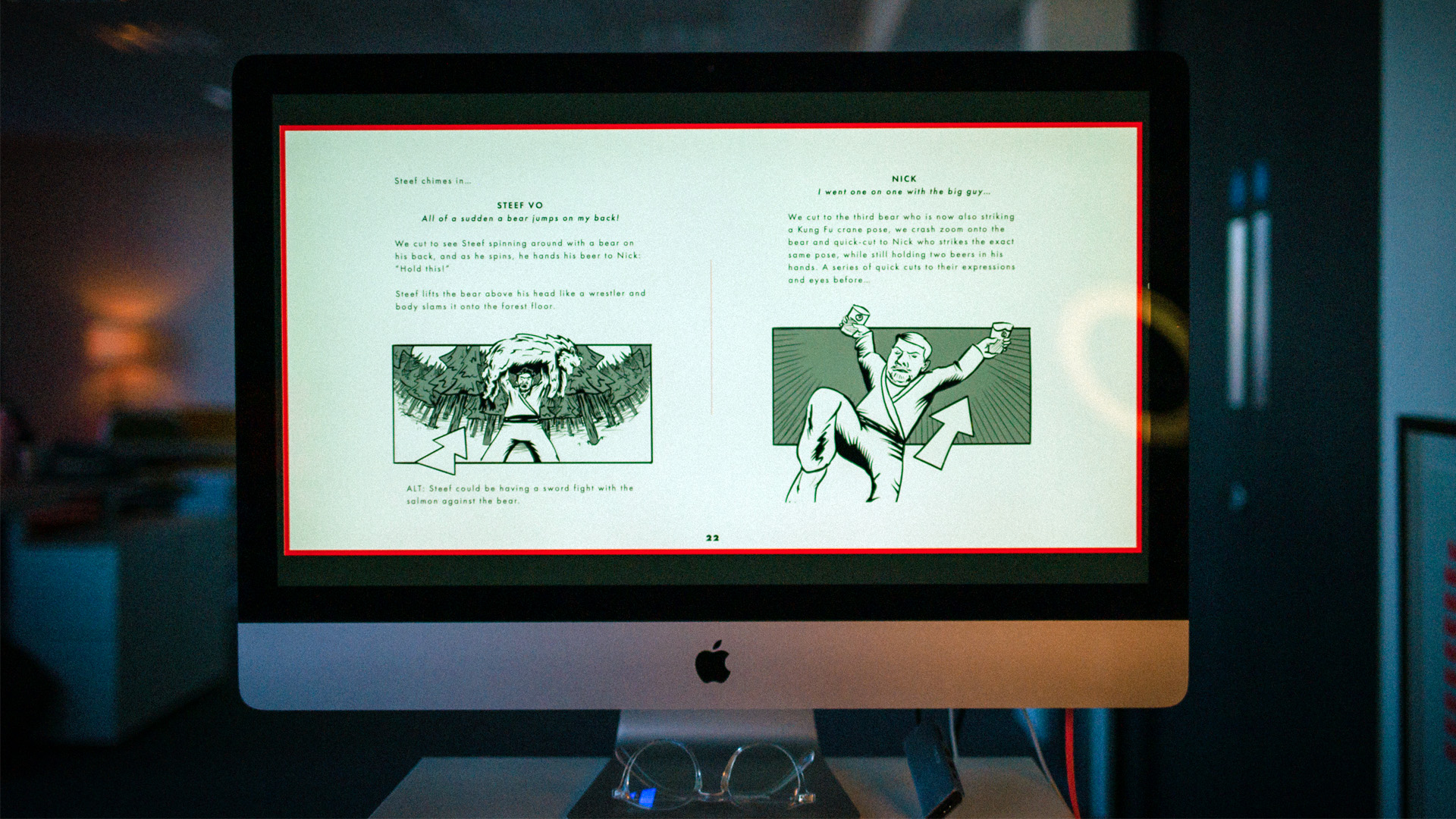How to create a Director’s Treatment
How to create a Director’s Treatment
If you’ve read our brief history on Creative Development, then you might already know that the treatment is a big part of what we do here at In Development. This article is a companion piece to that and goes a bit deeper into what a director’s treatment is made up of and its various purposes. In this case, we are looking at it in the context of advertising production, but it takes similar forms for film and television pitches.
What is a Director's Treatment?
A treatment is an integral part of the pitching process that takes place once a creative agency has put a job out to tender and selected a shortlist of directors they’d like to consider working with. Following an initial briefing with the agency to discuss the creative direction, the director will have the opportunity to present their ideas on how they see the content being brought to the screen, be it as a film, commercial or online content. They do this through a document called a director’s treatment.
This is an opportunity to show the agency what the finished film could look and feel like, before any major decisions are made. For a director, it’s their chance to think creatively and analytically about their stylistic approach, while working closely with a producer to formulate a practical execution that is achievable within the limits of the budget.
The ultimate goal of the treatment is to convey that approach to the reader, while resonating with the original creative vision. The chosen candidate and their production company will go on to produce the content and bring the idea to the screen.
What goes into a Director's Treatment?
Treatment Writing
Often called the director’s note or director’s interpretation. This text breaks down the director’s thoughts, feelings and intentions for key aspects of the film.
The writing will cover a range of areas, such as: general approach, visual style, technical execution, setting, casting and performance, music and sound design, along with an interpretation of the agency script. The amount of creative input needed on a script can vary from project to project, with some projects having a wide-open brief that welcomes a director’s creative input, whereas others are more prescriptive, seeking someone to bring their vision to life in a manner that’s as close to the letter as possible.
The writing of a treatment is where the director has an opportunity to wrestle with the idea and impart their own spin or unique stylistic flavour. It’s also a good time to iron out any kinks in the concept and start to think about the mechanics of how the idea actually works as a film.
At this stage in the process, everything is still considered as initial thoughts which are open to discussion, but a confidence and conviction at this early stage makes for a more convincing pitch. Certainly aspects like framing, lighting, movement, transitions may be discussed, but a filmmaker’s craft and compelling storytelling are always paramount.
Visual References
Still Image References
While writing is essential for getting into details, the majority of people respond to visual stimuli quicker than the written word. This means the visual references in a treatment do a huge amount of the lifting work in conveying ideas.
The art of visual research is in sourcing and compiling imagery, which when viewed together, gives a strong sense of the concept. Finding those perfect images – whether iconic frames from classic cinema, an obscure arthouse gem, or a photograph that communicates so much – the imagery is essential for communicating the vision in the director’s head.
Visual research has traditionally drawn inspiration from films, art and photography, but increasingly relies on the wealth of beautifully produced television, commercials and digital creations. Sources should never be limited in finding supporting imagery. Cultural touchstones lie everywhere.
Moving Image References
With the vast depths of the internet influencing every aspect of our culture, it’s also no surprise that visuals in the ubiquitous Graphics Interchange Format have also become a regular feature in treatments. GIFs have become a shorthand for demonstrating action, camera movement or the all important timing inherent in comedy, which can be impossible to convey in stills and words alone. They also add a layer of energy and movement which can be irresistible for the right project.
Mood Reel Film
A mood reel or mood film is often a great stepping stone in establishing the mood and tone of the final film. This edit will take existing moving references in the mode of the concept and edit them together, often with music, to convey a sense of what the finished product will feel like to watch. The movement and pacing of a good mood film can convey the drama, tone and emotion of a concept in ways that images on a page sometimes lack.
Concept Art
Although visual research can do a huge amount of lifting work, sometimes there just isn’t an image that fully communicates an idea. A key frame of concept art can bridge that gap and add flesh to the bones of an idea, or act as a springboard for a production designer.
Storyboards
If an agency script is already locked in, the treatment is often the place to start getting into more detail. Storyboarding can be an incisive tool for shaping the key beats of the script and illustrating framing, camera moves and pacing to allow the reader to fully imagine the spot playing out before it gets made.
Treatment Design
The words and visual resources are presented as a cohesive whole in a pitch deck. This presentation enables the supporting material to harmonise with the text, creating an alchemy that leads the reader into the world and enables them to imagine the film in their mind’s eye.
At this point the treatment becomes a skilful exercise in the laying out of ideas, creating interesting contrasts and juxtapositions to say something new. Graphic design elements wrap these ideas into a package that feels premium, reflecting the style and tone of the film, as well as the brand that is being advertised.
Treatment design has come a long way in recent years, with online design platforms allowing the treatment to become interactive. This additional functionality includes navigational menu features, moving images and animated design elements, making the modern day treatment a very different experience to the A4 print outs of days gone by.
Delivery
Making an Impression
The finished treatment will be submitted to the agency for review and will typically be up against pitches from at least two other directors, so cut-through and clarity is the name of the game. But winning that battle is not the end of the story…
Of course there can only be one winner, and no matter how much time, love and money is spent on a treatment, an agency may go with their favourite director or decide on a different creative approach. But, where an amazing treatment might not always win the job, it can be a great shop window for a director and production company, planting a seed with the agency for future projects.
If it does award, the treatment will live a second life, acting as a style guide and bible for production designers, cinematographers, casting directors and others to build on as they start pre-production and embark on the process of bringing the film to life.
Want to know more?
Keep your eyes peeled for more in depth musings on treatments and all things creative development in the coming months. And, if you’d like to know more about how we put our treatments together, drop us a line and say hi.

